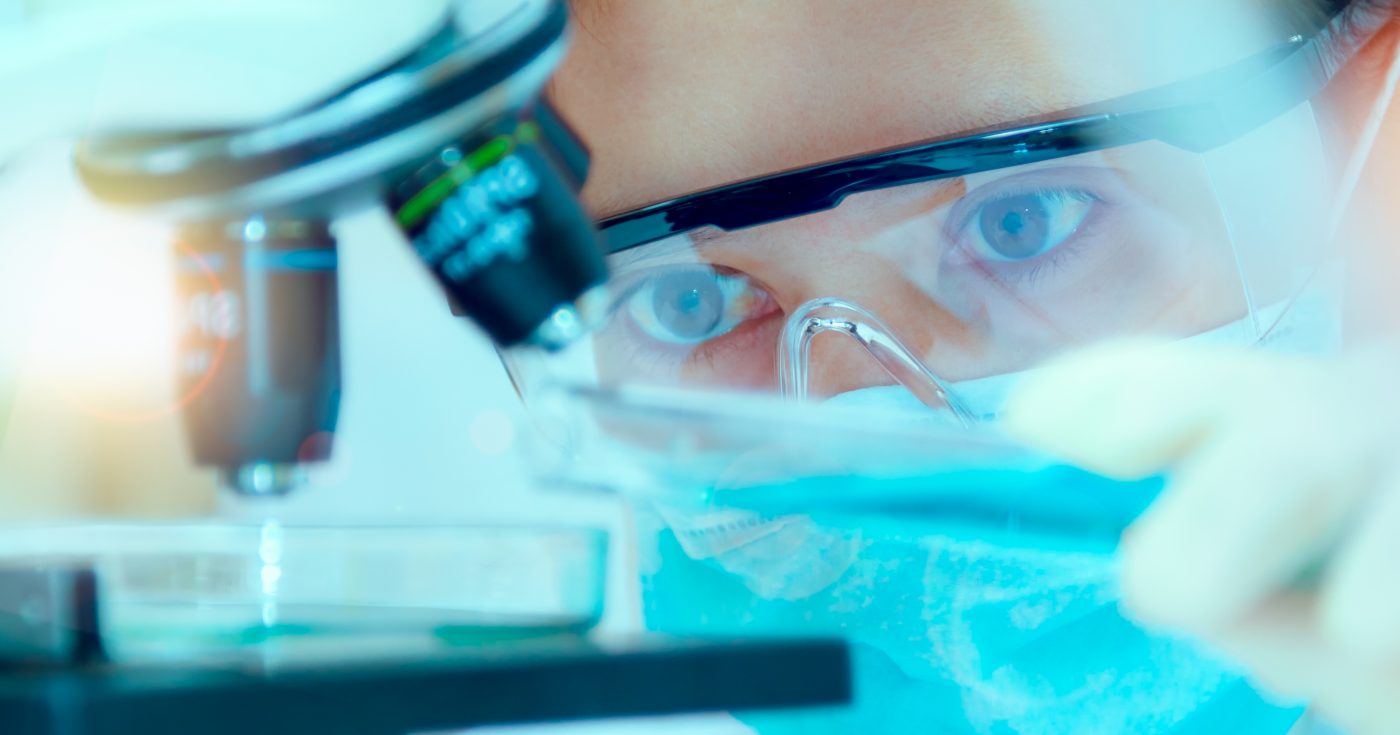Personalized Tissue Implants From Patients’ Own Cells Have Potential to Treat Parkinson’s, Study Suggests

A new, fully personalized tissue implant using a patient’s own materials and cells can regenerate any organ in the body with minimal risk of an immune response, according to researchers who are now exploring the approach as a potential way to treat Parkinson’s disease.
The new technique was reported in the study, “Personalized Hydrogels for Engineering Diverse Fully Autologous Tissue Implants,” published in the journal Advanced Materials.
Engineered tissue implants normally use scaffolding materials such as hydrogels, which provide physical support to cells while also supplying the necessary environment for cellular assembly and function. The materials may be synthetic or natural.
After transplant, these materials may induce an immune response in the host that can lead to rejection of the implanted tissue. As a result, immunosuppressant medications, which inhibit the activation of the immune system, may be necessary throughout the patient’s life even when using DNA-free materials.
Induced pluripotent stem cells (iPSCs), generated from the patient’s own cells, may be used to screen treatment candidates and as personalized cell therapies. These iPSCs are derived from either skin or blood cells that have been reprogrammed back into a stem cell-like state, allowing for the development of an unlimited source of any type of human cell needed for therapeutic purposes.
A gelatinous protein mixture called Matrigel is currently the most used supporting microenvironment for iPSCs. However, because it is derived from the sarcoma tumors of mice, its safety in humans is unknown.
In this study, a team from Tel Aviv University (TAU) collected a small biopsy of a highly vascularized fatty tissue called omentum from healthy human donors or from pigs. This tissue serves as a depot for stem cells.
They separated the cells from the extracellular matrix (ECM) — which provides structural and biochemical support to cells — so that the ECM could be integrated into a temperature-responsive, personalized 3D hydrogel, and the cells could be engineered to become pluripotent, meaning they can give rise to almost all cell types in the body.
Join our forums and be part of the Parkinson’s Disease News Today Community!
Undifferentiated cells were then enclosed within the hydrogel, later generating cardiac muscle cells called cardiomyocytes, neurons of the cerebral cortex, motor neurons (which regulate muscle contraction), endothelial cells (which line the interior of blood vessels), or adipocytes.
After combining the resulting stem cells and the hydrogel, scientists successfully engineered tissue samples and tested potential immune responses first in a laboratory dish and then in vivo, by transferring implants from pigs or mice into a specific mouse strain. Results showed less inflammation when transplants were made within mice.
“With our technology, we can engineer any tissue type, and after transplantation we can efficiently regenerate any diseased or injured organ — a heart after a heart attack, a brain after trauma or with Parkinson’s disease, a spinal cord after injury,” Tal Dvir, PhD, the study’s senior author and a professor at TAU’s Department of Biotechnology, Department of Materials Science and Engineering, said in a press release. “In addition, we can engineer adipogenic (fatty tissue) implants for reconstructive surgeries or cosmetics.”
“This versatile bioengineering approach may assist to regenerate any tissue and organ with a minimal risk for immune rejection,” the researchers wrote in the study.
They are now attempting to regenerate an injured spinal cord and an infarcted heart with spinal cord and cardiac implants, respectively. They are also studying the potential of human dopamine-producing cell implants to treat Parkinson’s in animal models. The gut and the eyes are among other targets for regeneration.






